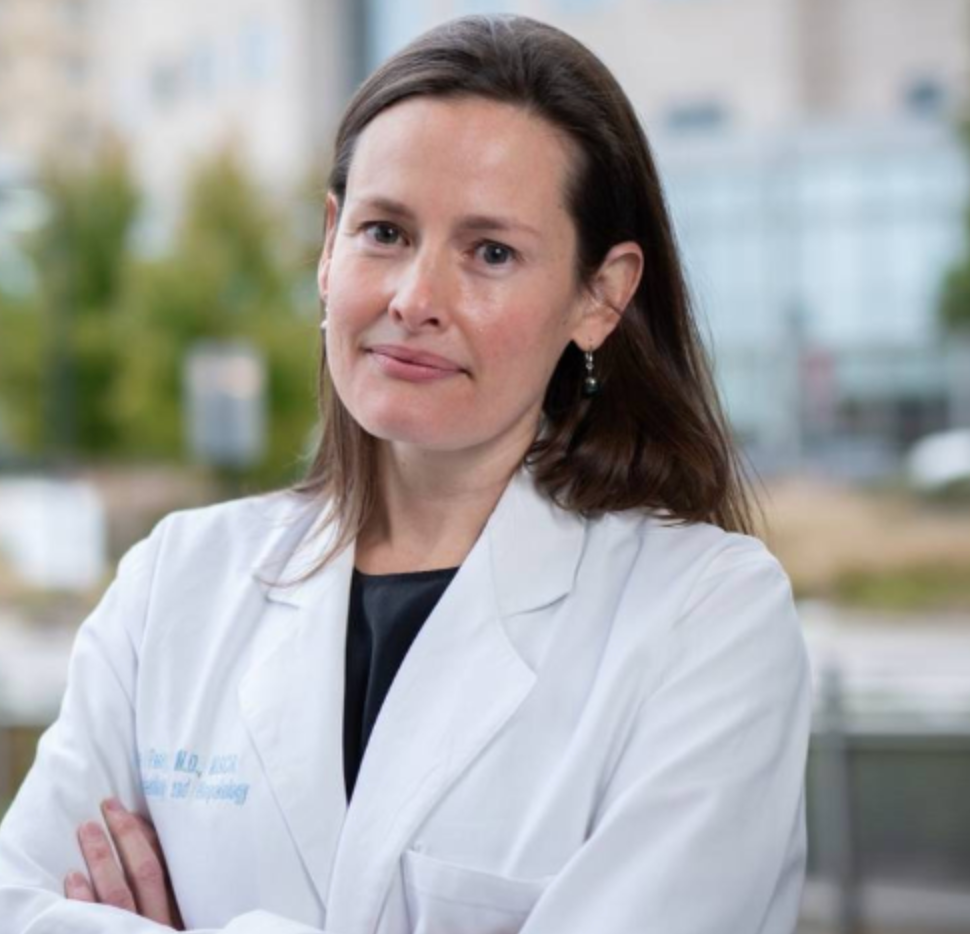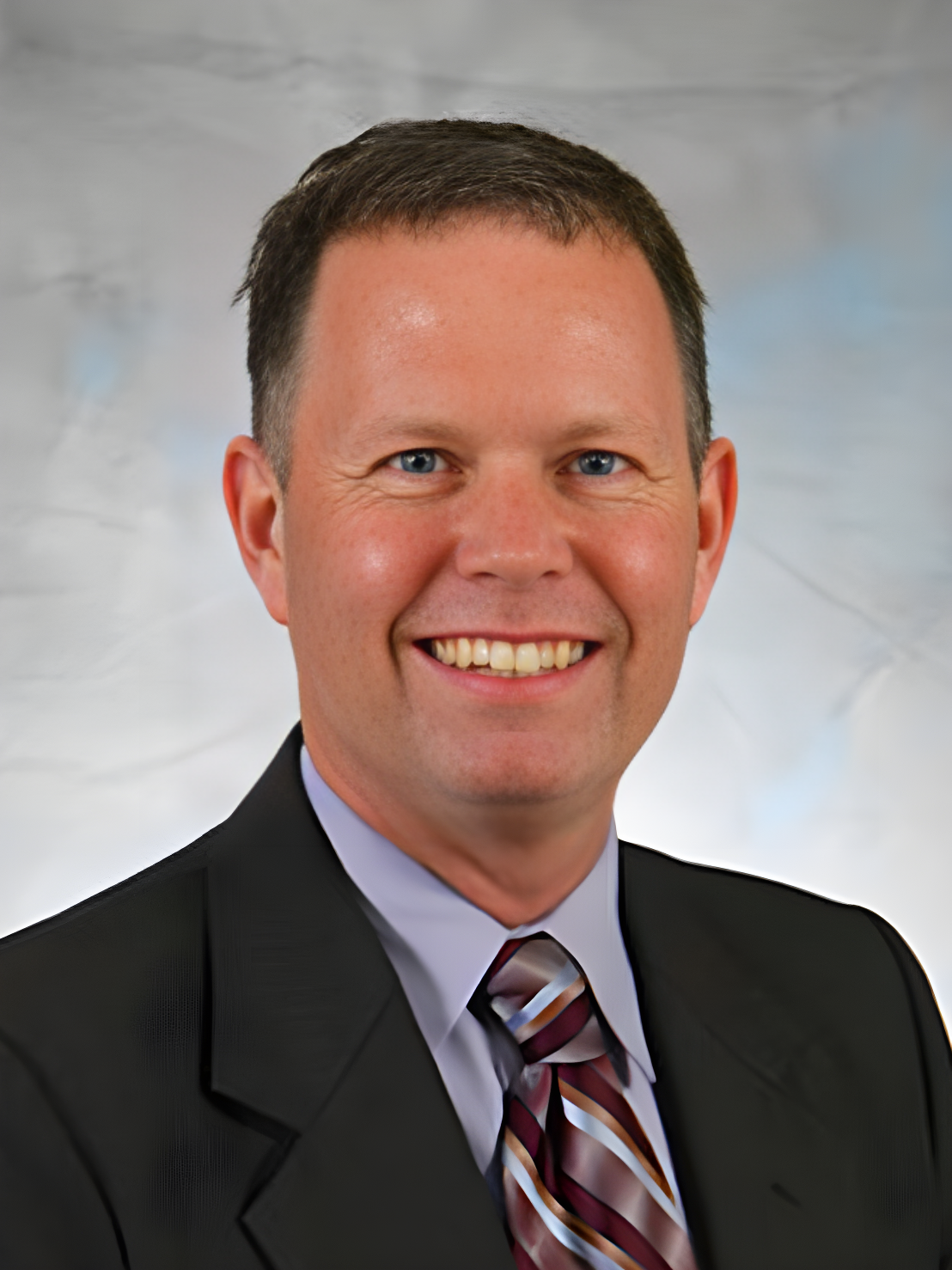Video
Differences Between Fecal Microbiota Transplantation Studies to Treat C. Difficile Infection (CDI)
Author(s):
Experts discuss differences in designs of clinical trials of 4 emerging microbiota-based live biotherapeutics - RBX2660, SER-109, CP101, VE303, for treatment of rCDI.
Paul Feuerstadt, MD: We've discussed the clinical trials, we've discussed the products, but it's important to realize that you can't compare the products next to each other because the trials were different. It's important to understand what levers can be pulled within the trials that might have an impact on results. One of those levers is the duration of the standard of care, antimicrobial. Tom, how can the duration of the standard of care antimicrobial prior to the intervention, potentially impact efficacy assessment of the product?
Thomas Lodise, PharmD, PhD: That's a very good question Paul. It could go either way. On the one hand, you want to make sure the patient receives adequate treatment. There's probably a minimal duration that you need to the treat to CDI [C. difficile infection], all vegetative forms of C. diff. But the other consideration, if you treat too long, you could create an environment of dysbiosis. In that environment, particularly if you use oral vancomycin, which is a broad-spectrum agent, it could be counterintuitive to what you're trying to achieve with treatment. We need to standardize this, at least 10 days, to make sure the patient achieved an initial cure. At the same time, we want to have at least some sort of washout period, 3-4 days. Because when we give one of these, I call them next generation FMTs [fecal microbiota transplantation], I know the FDA has their term, we want to make sure that we're not doing anything to kill some of those healthy bacteria that we're trying to replace. Paul, I'm curious on your thoughts, I anticipate you have thought a lot more about this than I do. The last thing I'll leave you with is: it's really a hard thing to assess. We're looking at trial data, we can do some post hoc analysis, and looked at how long patients were treated, but there could be some prescribing bias there, when someone's given a 10 – 21 day window. I imagine a lot of people see 14, because they like to split the difference, maybe some of those ones who got longer treatment, were not responding as well. I think we should peek at that but recognize there could be confounding by indication there. It's an important question, but I'll ask you that question, because I know you're very close to these data, and thought deeply into this.
Paul Feuerstadt, MD: You bring up a lot of important points. It's like the sweet spot on a tennis racket or baseball bat; you don't want to hit it on the side, you want to get it in the right section. We haven't defined what that right section is, but we know what's too much [>40 days], and what's too little [<10 days]. There was a very nice foundational study that was interestingly designed they consider fecal transplant. I'm not going to get into the details, but the bottom line is, when they crunched the data across the 2 sites, 1 of the sites had a placebo intervention efficacy of 90%. How could a placebo intervention efficacy of a sustained clinical response be 90%? Well, it turns out at that site, the patients were getting months of vancomycin before they actually got the intervention due to delays in being able to see the provider. From that study, we largely learned that too much of a good thing, while it takes a long time to cure with vancomycin, a lot of those patients were getting cured most likely prior to the intervention. Finding that sweet spot is something that we still have to look into a little bit further. Now, other factors to consider comparing the trials or thinking about differences between the trials, are the number of episodes that patients were included. Bincy, how can the number of episodes impact how an intervention of a live biotherapeutic product can work?
Bincy Abraham, MD, MS: You bring up this question of will more episodes of C. diff infection lead to what Tom was alluding to, this dysbiosis? Will it lead to a more of a permanent dysbiosis for these patients? Will that make these LBPs [live biotherapeutic products] less effective? We don't know until we assess that. When we do more subanalysis of the data in patients that had less prior episodes to more prior episodes, we’ll see if this is actually going to be similar in efficacy or not. The other thought is that if it’s not as effective in those patients with prior episodes, do you think we’ll need more doses of these products rather than just a single dose for them? That’s something to consider for future studies.
Paul Feuerstadt, MD: Excellent, yes. You’re right on target, but it’s important for all of us to realize when we interpret this data that different studies included different groups of patients. Some studies only included patients with 2 or more recurrences, some with 1 or more recurrence, some included patients with 1 or more recurrence later in the study. We must tease out what all that data looks like. As we gather more open label data, we’re going to get a better handle on what the efficacy might be. Of course, once we get into clinical practice, we’ll certainly get an idea, assuming one of these products gets an FDA approval. Now, diagnostics is complicated. It’s super important, and it also significantly impacts clinical trials. Teena, can you walk us through how that might affect whether the PCR [polymerase chain reaction] assay is used, or the enzyme-linked immunoassay, GDH [glutamate dehydrogenase] assay are used?
Teena Chopra, MD, MPH: Like we talked about earlier, PCR is very overtly sensitive. It may pick up colonization sometimes. If studies are using or relying on PCR alone, it can be problematic, because we might be enrolling patients who are colonized and giving them biotherapeutic products. That is one challenge. Again, the nuances of using the toxin alone when it can be falsely negative is another problem in the study. Thinking about that consistent approach, given that centers have different diagnostic tests available, and it is so difficult to enroll patients, we have to tease out those factors and consider them when we are looking at different studies.
Paul Feuerstadt, MD: Excellent. The bottom line is, if one specific assay is used that is more accurate, you have to question, is that available to me? Is that not available to me? What is real world, or what is a clean study? A clean study isolates the patient population that we want best. That’s something that needs to be teased out but needs to be thought critically when we with clinician’s review some of this literature. Now, Tom alluded to before this “washout period.” A “washout period” is the time from the end of antimicrobial to the microbiota replacement therapy or the administration of the live biotherapeutic product. Why is that important? Frankly, if vancomycin is still in a patient’s system, it’s still within the colon and it hasn’t been released, the vancomycin is also going to impact what we’re administering as the supplementation. That’s why the amount of time between completion of therapy and intervention is important. Unfortunately, just like the sweet spot of timing of antimicrobials and length of time with antimicrobials, we’re not really sure what the sweet spot is for the washout period. It might just be that the patient needs to have 1 or 2 bowel movements between the time from antimicrobial to this intervention, but we are just not sure right now. Finally, Tom, can you tell us a little bit about bowel purges, and how that might impact the results?
Thomas Lodise, PharmD, PhD: Paul, this is one I struggle with as well. It’s almost the same premise of having that washout period. Theoretically, you can think or remove some of the active CDI therapy still in place. But when we think about that patient and that host, the last thing you want to do is give them a bowel purge therapy. If there are concerns about residual antibiotic, perhaps having that waiting period, I know within the SER-109, they use the magnesium citrate to help facilitate this. Paul, I really don’t have a strong opinion on it. I can see some of the benefits, but at the same time in the setting of dysbiosis, do we really wanted to promote bowel purging? I would ask you to question as they did before. These are very gray areas for me. Clearly, we don’t have a randomized clinical trial to define best practices, but curious on your thoughts as well.
Paul Feuerstadt, MD: I agree with you. We just don’t know. But it’s important that we critically think about it and say, “Well, wait a second. This was done here. This wasn’t done here. This is what we should do in clinical practice, assuming an FDA approval. This is what we don’t necessarily want to do, or this is something we might want to add to our clinical practice.” Now, all of these products RBX2660, SER-109, CP101, VE303, have proprietary doses. Bincy, can you explain to us what that means, if anything?
Bincy Abraham, MD, MS: Actually, I don’t know if I can explain this to you. I alluded to this area earlier as well these studies are getting a single dose for their product, and certain patients that are more refractory; do they need more dosing? The other thing is, do they need a combination of these products where we’re getting multiple components of the better microbiome to treat them? It’s a great question that I don’t have an answer to. Hopefully, in the future, maybe they’ll all come together, and we’ll have a happy family LBP study.
Paul Feuerstadt, MD: Agreed. You bring up a really important point, which is we don’t know what these doses mean. They’re proprietary. We didn’t have doses before when we were performing a fecal transplant in more rudimentary way. We said, “Look, this is what we have. We’re going to take a sample. We’re going to mix it with normal saline. We’ll spin it up in a blender, and we’ll give it.” It’s becoming more sophisticated. I don’t think there really is any way to compare them across trials, so yes, I completely concur.
Transcripts edited for clarity





